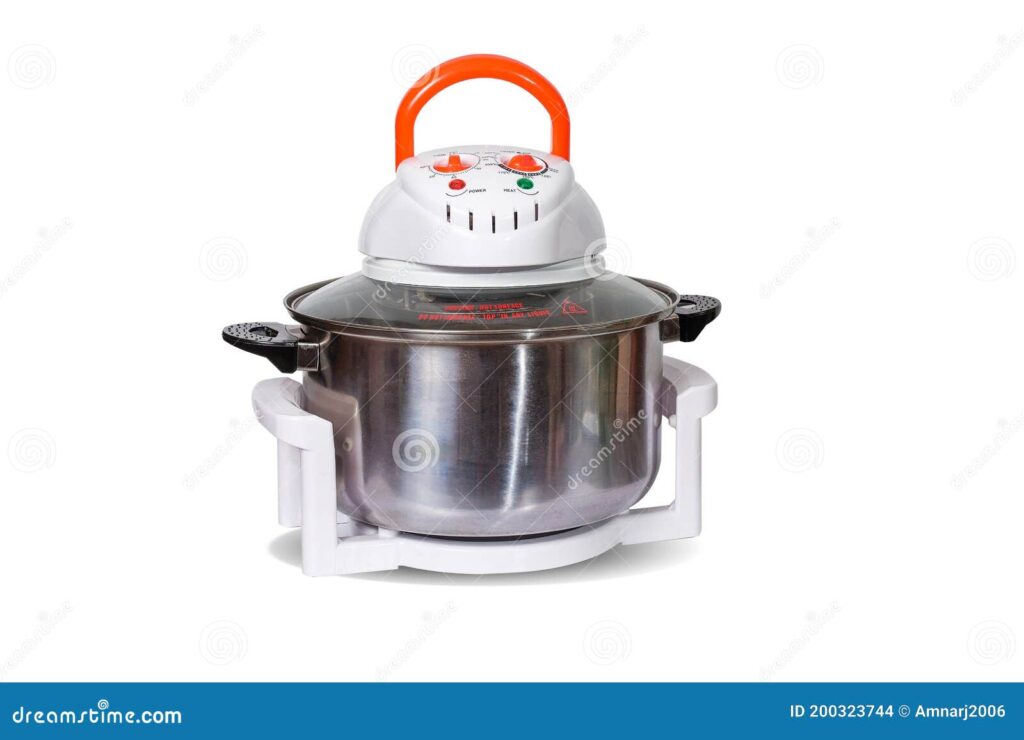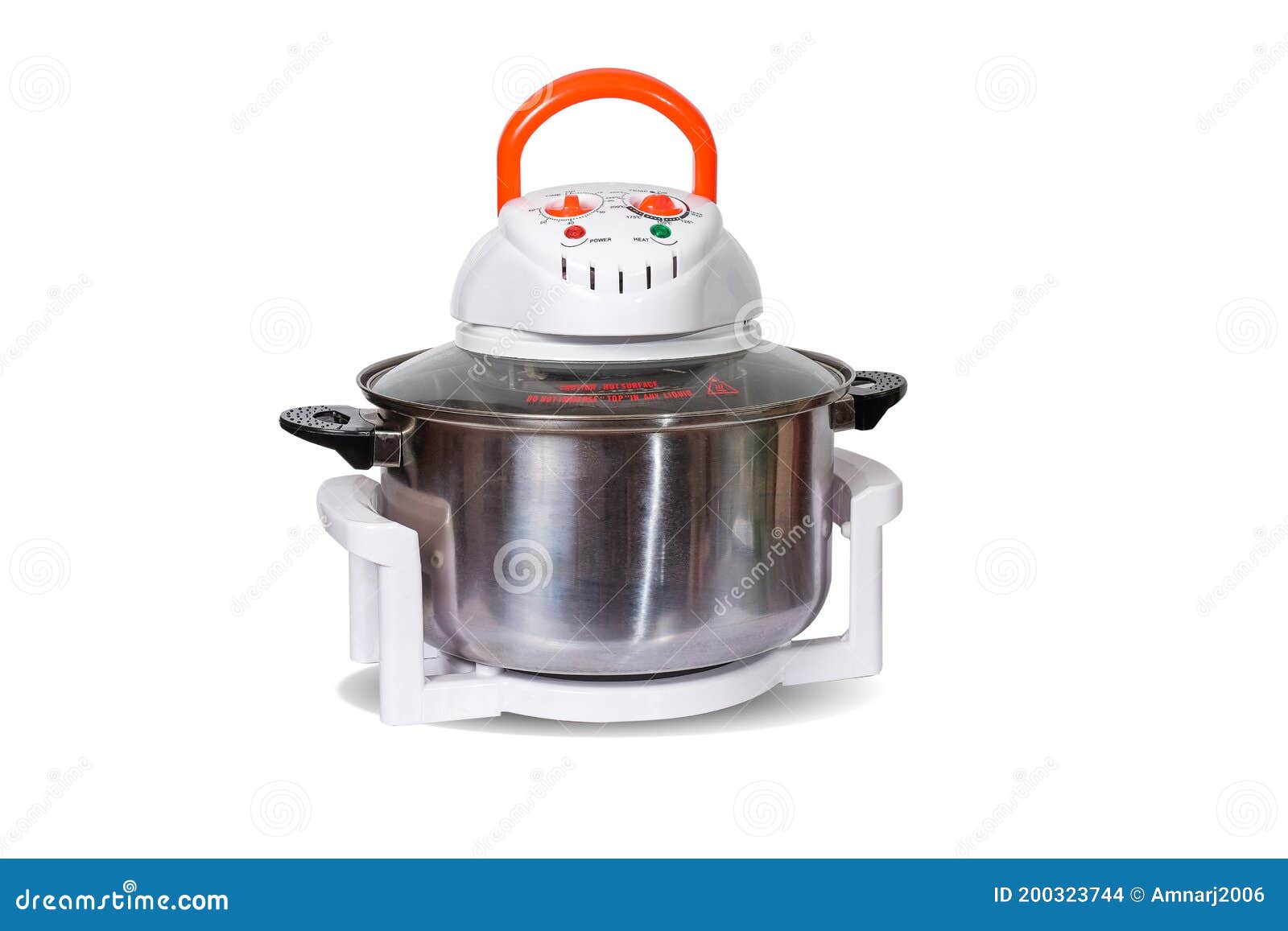
Is This Pot Available for Electric Oven? A Comprehensive Guide
The question of whether a particular pot is safe and suitable for use in an electric oven is a common one for home cooks. With the rise in popularity of oven-safe cooking methods, understanding the limitations and capabilities of your cookware is essential. This article will provide a comprehensive overview of what to look for when determining if a pot is available for electric oven use, covering materials, safety concerns, and best practices to ensure successful and safe cooking.
Understanding Oven Safety
Before placing any pot in your electric oven, it’s crucial to understand the general principles of oven safety. Electric ovens heat up using elements, which can reach high temperatures. Cookware must be able to withstand these temperatures without warping, melting, or releasing harmful chemicals. Furthermore, you need to consider any handles or attachments that could be affected by the heat. Asking “is this pot available for electric oven?” is the first step in safe cooking.
Key Considerations for Oven Use
- Material Composition: The primary determinant of a pot’s oven safety is the material it’s made from.
- Temperature Tolerance: Each material has a specific temperature limit it can safely withstand.
- Handle and Lid Material: Check if handles and lids are oven-safe as well.
- Manufacturer’s Instructions: Always refer to the manufacturer’s guidelines for specific instructions.
Common Pot Materials and Their Oven Safety
Different materials react differently to the high heat of an electric oven. Here’s a breakdown of common pot materials and their suitability for oven use.
Cast Iron
Cast iron is one of the most oven-safe materials available. It can withstand extremely high temperatures, often well above the typical range of most electric ovens. Both enameled and non-enameled cast iron pots are generally oven-safe. However, it’s essential to check the manufacturer’s instructions for enameled cast iron, as some enamels may have lower temperature tolerances. When considering “is this pot available for electric oven?” cast iron is usually a safe bet.
Stainless Steel
Stainless steel pots are generally safe for oven use. Most high-quality stainless steel can withstand temperatures up to 500°F (260°C) or even higher. However, the handles are a crucial factor. If the handles are made of plastic or have plastic components, they may melt or release harmful chemicals. Stainless steel pots with metal handles are usually a safe choice. Always check the manufacturer’s recommendation to ensure your stainless steel pot is oven-safe. If you’re wondering, “is this pot available for electric oven?” consider the handle material.
Glass
Oven-safe glass, such as Pyrex, is designed to withstand high temperatures. However, not all glass cookware is created equal. Regular glass can shatter when exposed to rapid temperature changes. Always ensure that the glass pot is explicitly labeled as oven-safe before using it in an electric oven. Avoid placing a hot glass pot on a cold surface, as this can cause it to shatter. Before asking “is this pot available for electric oven?”, check for the oven-safe label. [See also: Baking with Glass Cookware]
Ceramic
Ceramic pots can be oven-safe, but it depends on the type of ceramic and the manufacturer’s instructions. Some ceramic pots are designed for oven use, while others are not. Always check the manufacturer’s guidelines to ensure the ceramic pot is oven-safe and to determine the maximum temperature it can withstand. Avoid exposing ceramic pots to sudden temperature changes, as this can cause them to crack. When questioning “is this pot available for electric oven?”, prioritize checking manufacturer’s guidelines.
Aluminum
Aluminum pots are generally not recommended for oven use, especially those with non-stick coatings. Non-stick coatings can break down at high temperatures, releasing harmful chemicals. While uncoated aluminum can withstand high temperatures, it may warp or discolor in the oven. It’s best to avoid using aluminum pots in the oven unless specifically stated as oven-safe by the manufacturer. If you’re wondering “is this pot available for electric oven?” aluminum is often a risky choice.
Non-Stick Cookware
Non-stick cookware presents a unique set of challenges when it comes to oven safety. Many non-stick coatings, such as Teflon, can release harmful fumes at high temperatures. Even if the pot is technically oven-safe, it’s best to avoid using non-stick cookware at temperatures above 400°F (204°C). Always check the manufacturer’s instructions for specific guidelines. When considering “is this pot available for electric oven?” be extremely cautious with non-stick surfaces.
Checking for Oven Safety: A Step-by-Step Guide
If you’re unsure whether a pot is safe for oven use, follow these steps to determine its suitability:
- Check the Manufacturer’s Markings: Look for markings on the pot that indicate it is oven-safe. These markings may include an oven symbol or a statement explicitly stating that the pot is oven-safe.
- Consult the User Manual: Refer to the user manual or the manufacturer’s website for specific instructions on oven safety.
- Inspect the Handles and Lid: Ensure that the handles and lid are made of oven-safe materials. Avoid pots with plastic or wooden handles, as these materials can melt or burn in the oven.
- Consider the Material: Evaluate the material of the pot based on the guidelines provided above.
- Perform a Test (with Caution): If you’re still unsure, you can perform a test by placing the pot in the oven at a low temperature (e.g., 200°F or 93°C) for a short period. Monitor the pot closely for any signs of warping, melting, or discoloration.
Safety Precautions When Using Pots in Electric Ovens
Even if a pot is oven-safe, it’s important to take certain precautions to ensure safe and successful cooking:
- Use Oven Mitts: Always use oven mitts or pot holders when handling hot pots to prevent burns.
- Avoid Sudden Temperature Changes: Avoid exposing hot pots to sudden temperature changes, as this can cause them to crack or shatter.
- Place Pots on a Trivet: When removing a hot pot from the oven, place it on a trivet to protect your countertop from heat damage.
- Monitor Cooking Temperatures: Use an oven thermometer to ensure that the oven temperature is accurate and that you’re not exceeding the pot’s maximum temperature tolerance.
- Avoid Overfilling: Avoid overfilling pots when cooking in the oven, as this can cause spills and make it difficult to handle the pot safely.
Alternative Cooking Methods
If you’re unsure about the oven safety of a particular pot, consider using alternative cooking methods, such as stovetop cooking, slow cooking, or using a pressure cooker. These methods can be just as effective and may be safer for certain types of cookware. Sometimes, asking “is this pot available for electric oven?” leads to the conclusion that an alternative method is best. [See also: Stovetop vs Oven Cooking]
Specific Brands and Models
It is difficult to provide information on every brand and model of pot available. However, some brands are known for producing high-quality, oven-safe cookware. Brands like Le Creuset, All-Clad, and Lodge are generally reliable choices. Always consult the manufacturer’s website or product documentation for specific information on oven safety for individual models. When researching “is this pot available for electric oven?” focus on specific brand information.
The Role of Handles and Lids
Handles and lids are critical components to consider when determining if a pot is oven-safe. Plastic or wooden handles and knobs are generally not oven-safe, as they can melt, burn, or release harmful chemicals. Metal handles and lids are usually safe, but it’s essential to check for any plastic or rubber components that may be affected by the heat. Glass lids can be oven-safe if they are made of tempered glass, but it’s always best to check the manufacturer’s instructions. The question “is this pot available for electric oven?” often hinges on the handle and lid material.
Ensuring Longevity of Your Cookware
Proper care and maintenance can extend the life of your cookware and ensure its continued safety for oven use. Avoid using abrasive cleaners or scouring pads, as these can damage the surface of the pot. Always follow the manufacturer’s instructions for cleaning and storage. Inspect your cookware regularly for any signs of damage, such as cracks, warping, or discoloration. Damaged cookware should be replaced to prevent potential safety hazards. Asking “is this pot available for electric oven?” is only part of the equation; proper care is equally important.
Conclusion
Determining whether a pot is safe for use in an electric oven requires careful consideration of the material, construction, and manufacturer’s instructions. By following the guidelines outlined in this article, you can confidently assess the oven safety of your cookware and ensure safe and successful cooking. Always prioritize safety and err on the side of caution if you’re unsure. Remember to ask yourself, “is this pot available for electric oven?” before you start cooking.

